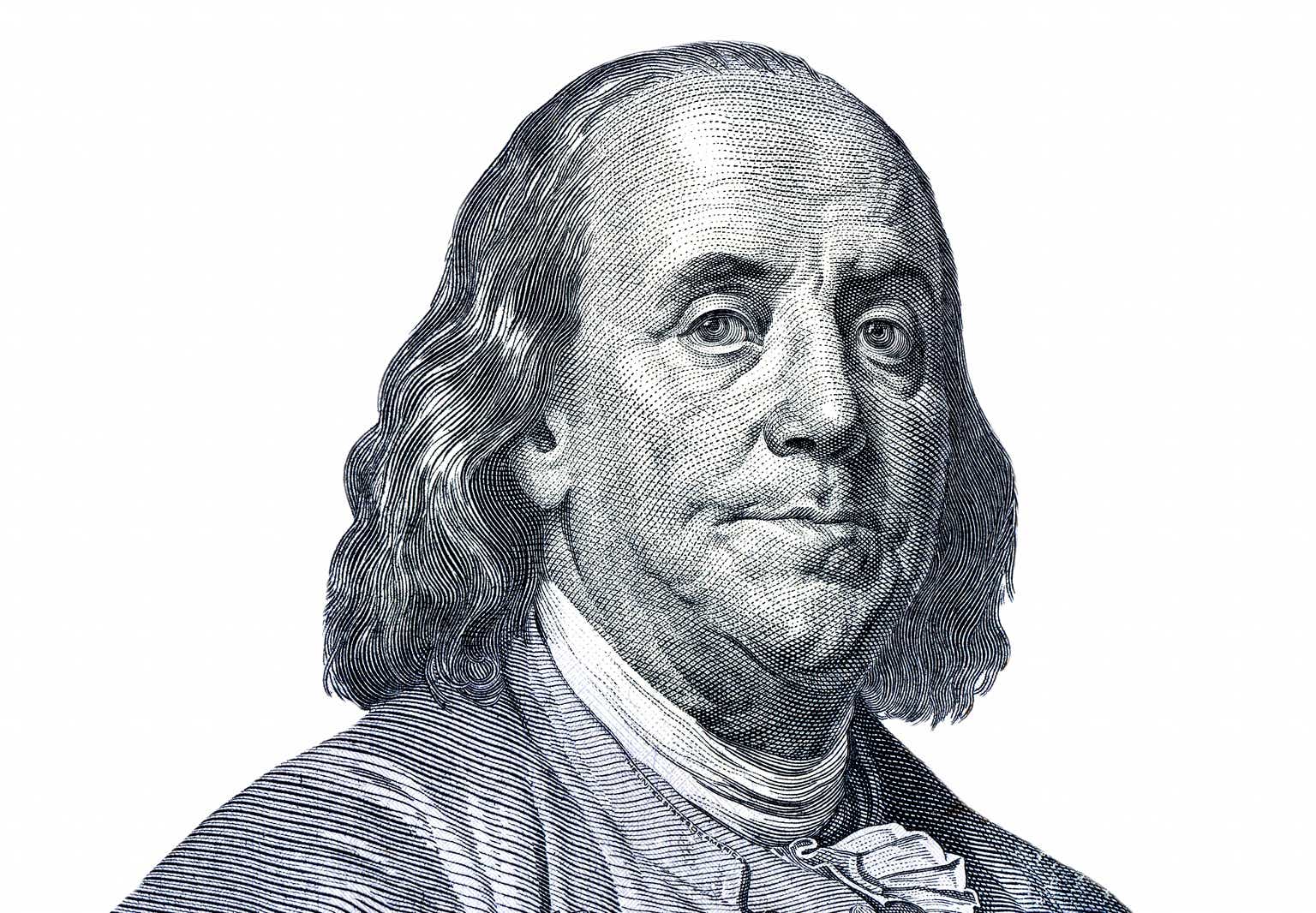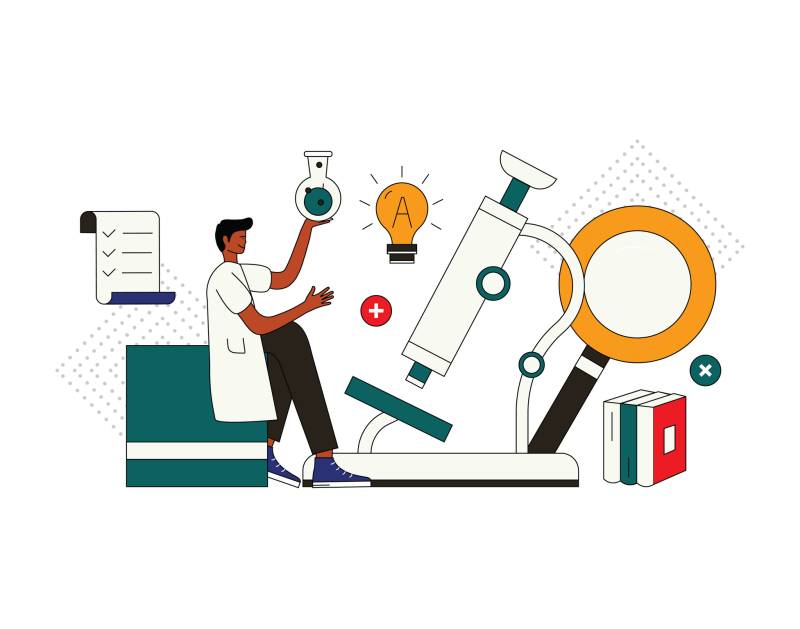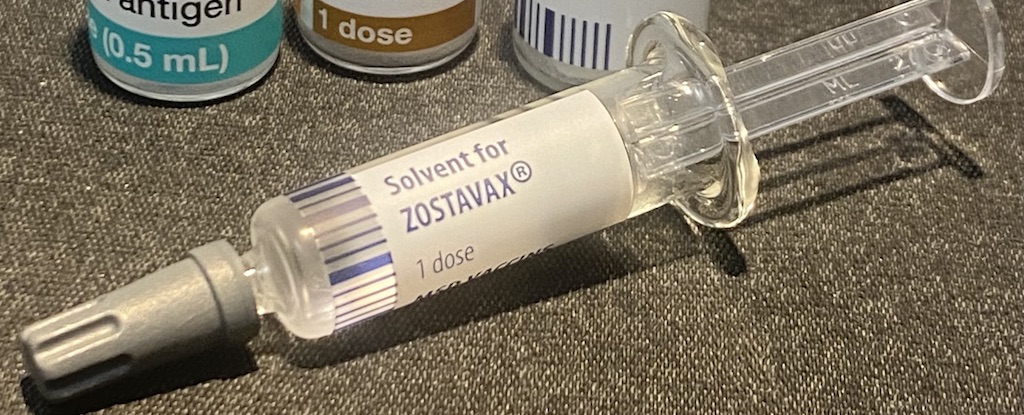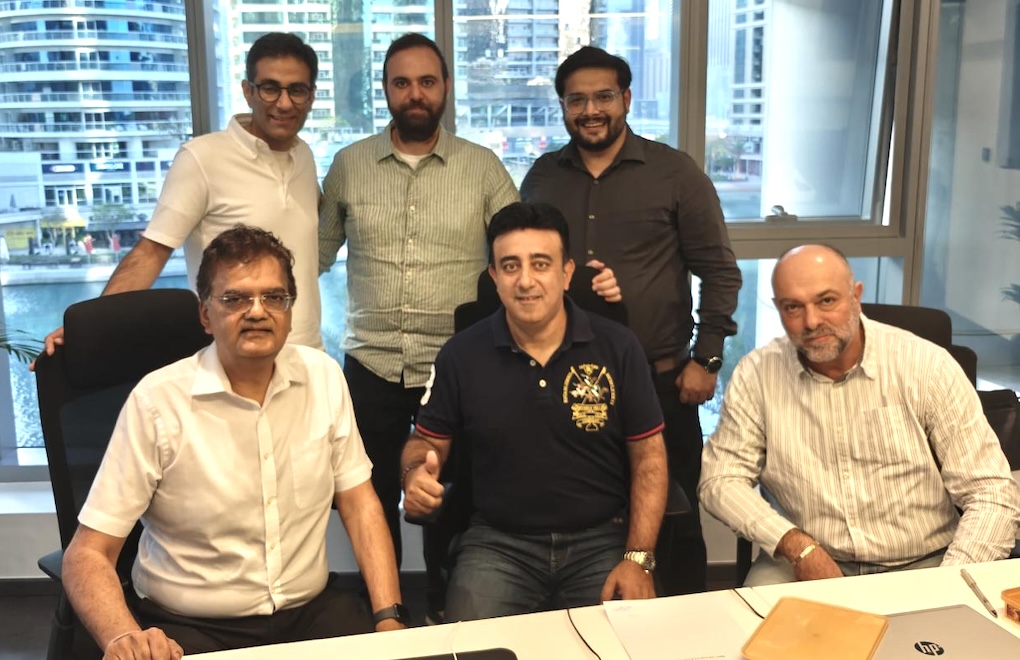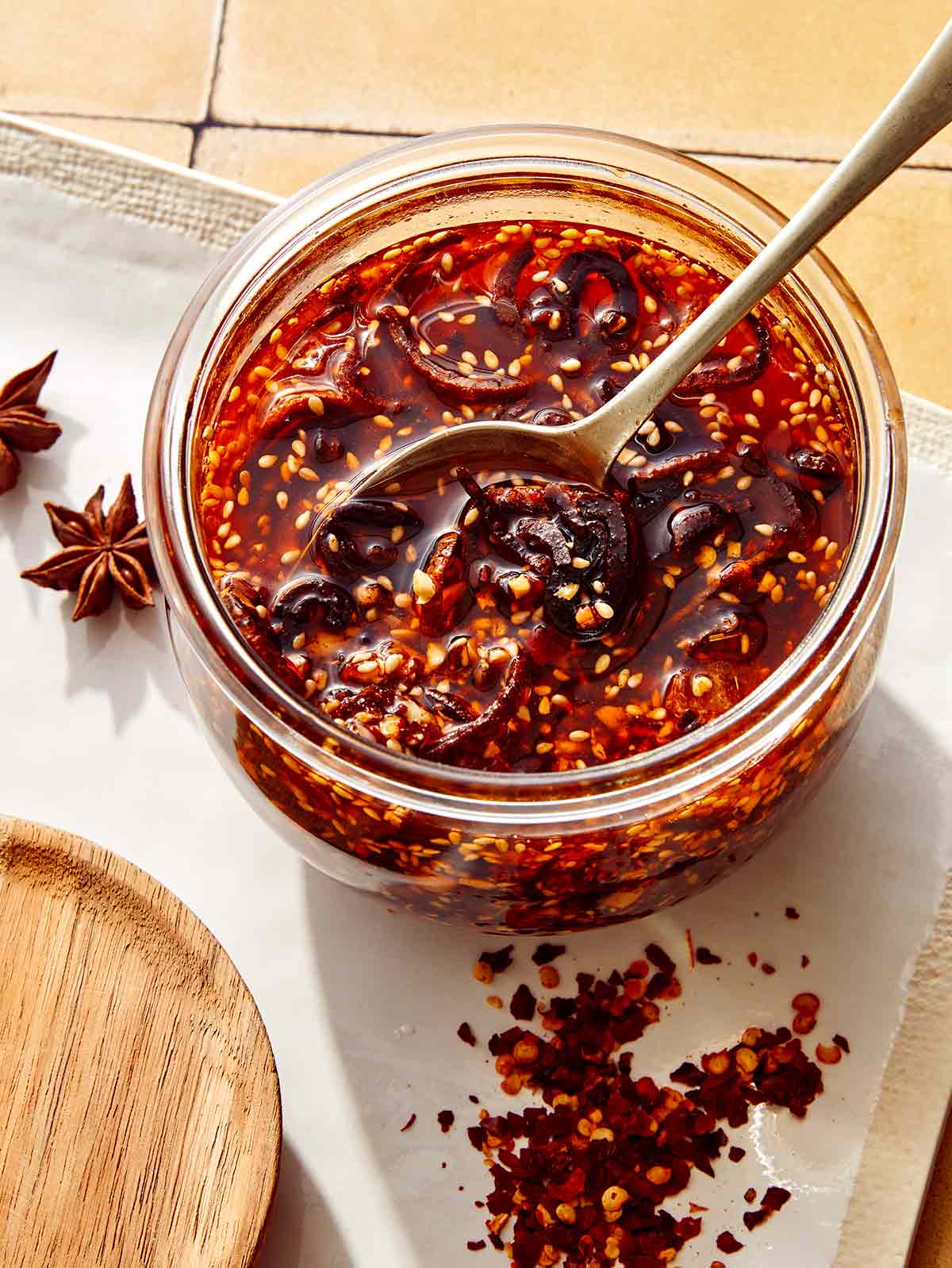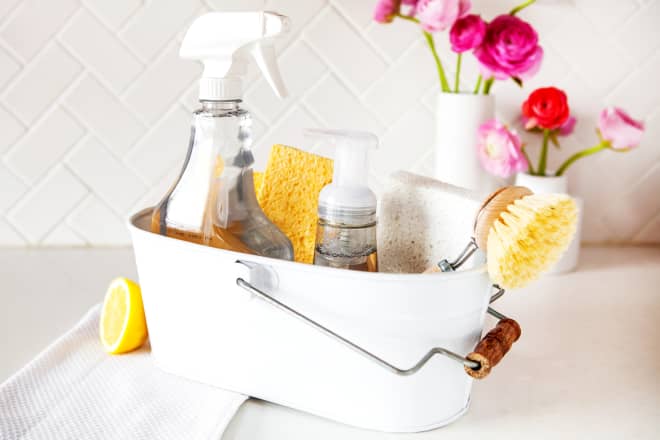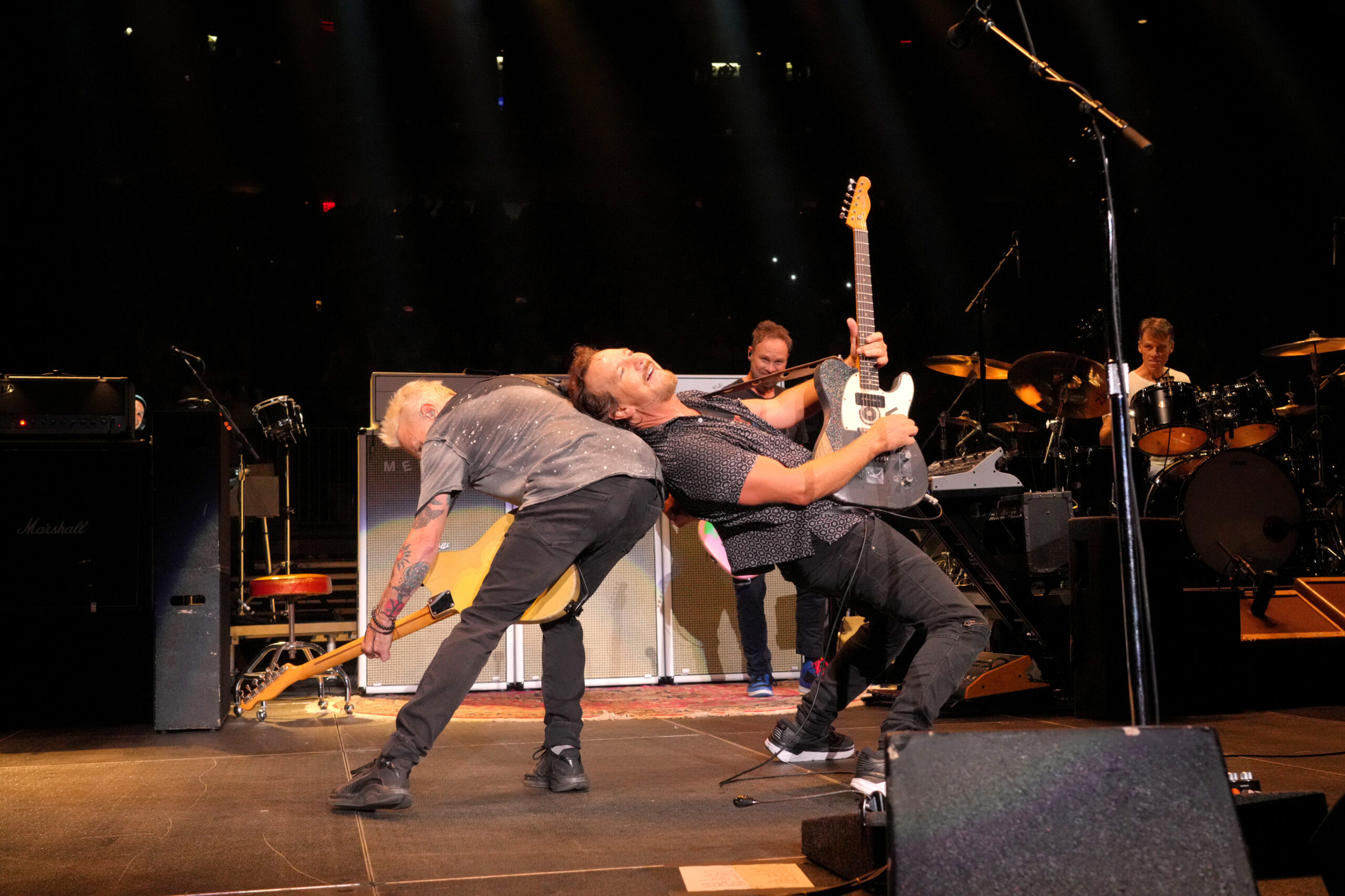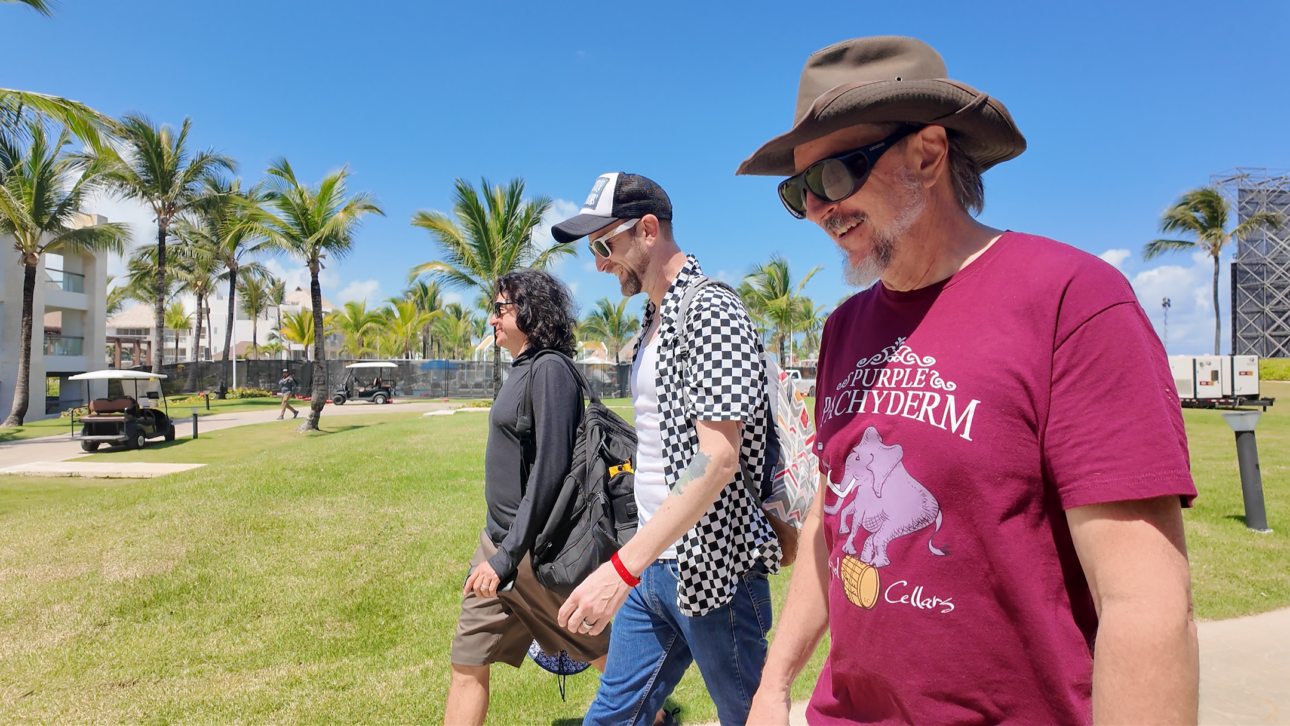Unlocking the Power of PRP: Natural Healing Through Regenerative Therapy
Discover the healing potential of PRP therapy. Learn about the PRP full form, its uses, benefits, process, and how it can help you recover naturally and effectively.

Platelet-Rich Plasma (PRP) therapy has quickly risen in popularity across medical, cosmetic, and sports industries due to its impressive healing capabilities. Often dubbed the "natural healing injection," PRP therapy is transforming the way we approach tissue repair, hair restoration, joint pain, and aesthetic treatments. If you're considering PRP therapy or simply curious about its benefits, this comprehensive guide is here to give you all the details.
What is PRP? Understanding the Basics
The PRP full form is Platelet-Rich Plasma. This regenerative treatment uses your own blood to accelerate healing in targeted areas. The process involves drawing a small amount of blood, separating the platelets using a centrifuge, and injecting the concentrated platelet-rich plasma back into your body.
Why platelets? Because they are loaded with growth factors that stimulate tissue regeneration, reduce inflammation, and boost natural healing. By using your body’s own biology, PRP therapy minimizes the risk of allergic reactions or adverse side effects.
The PRP Process: Step-by-Step
Here’s how a typical PRP treatment is performed:
-
Blood Draw: Around 10–30 ml of your blood is drawn—similar to a routine lab test.
-
Centrifugation: The sample is placed in a centrifuge, where it spins at high speed to separate plasma rich in platelets from red blood cells.
-
Extraction: The platelet-rich plasma is extracted and prepared for injection.
-
Injection: Using ultrasound guidance (in some cases), the PRP is injected directly into the targeted area.
This entire process is usually completed within 30 to 60 minutes, and since the plasma is autologous (from your own body), recovery time is minimal.
Common Uses of PRP Therapy
PRP therapy is widely versatile. Here are some of the most common conditions and areas it is used to treat:
1. Orthopedics and Sports Injuries
PRP is a game-changer in treating tendon injuries, ligament sprains, and joint inflammation. Athletes often turn to PRP for faster recovery from conditions like:
-
Tennis elbow
-
Rotator cuff tears
-
Achilles tendonitis
-
Knee osteoarthritis
2. Hair Restoration
For individuals experiencing hair thinning or early stages of baldness, PRP injections into the scalp stimulate dormant hair follicles, leading to thicker, fuller hair. This treatment is particularly beneficial for androgenic alopecia (pattern baldness).
3. Skin Rejuvenation
PRP is used in aesthetic medicine to improve skin tone and texture. Often combined with microneedling, it reduces:
-
Fine lines
-
Acne scars
-
Pigmentation
-
Overall skin dullness
This is sometimes referred to as the "vampire facial," popularized by celebrities.
4. Post-Surgical Healing
PRP injections have shown promising results in accelerating healing after surgeries—especially orthopedic and dental procedures.
Benefits of PRP Therapy
PRP offers a natural and minimally invasive alternative to surgery or long-term medication. Here are its major advantages:
-
Natural Treatment: Since the plasma comes from your own body, there’s virtually no risk of rejection or allergic reactions.
-
Reduced Downtime: Most PRP procedures are outpatient and require little to no recovery time.
-
Long-Lasting Effects: Improvements from PRP tend to last longer than conventional treatments, especially for hair loss and joint pain.
-
No General Anesthesia Needed: Local anesthesia is typically sufficient, making the procedure safer and less invasive.
-
Improved Healing: PRP accelerates the body’s own healing mechanisms.
What to Expect After PRP Treatment
Recovery varies depending on the treatment area. For example:
-
Joint injections: Mild soreness may occur for 24–48 hours. Improvement is noticeable within 2–6 weeks.
-
Hair restoration: Minor swelling or redness may appear on the scalp. Hair growth becomes noticeable after 2–3 months.
-
Facial PRP: Some redness or tightness may occur, subsiding within 24–72 hours.
Multiple sessions might be needed for optimal results. Your healthcare provider will tailor a plan based on your specific needs.
Is PRP Therapy Safe?
Yes, PRP therapy is considered extremely safe when performed by trained medical professionals. The risk of infection, tissue damage, or allergic reaction is significantly low because the substance being injected is derived from your own blood. However, as with any injection-based procedure, there’s a small chance of bruising, pain, or swelling at the injection site.
Who Should Consider PRP?
PRP therapy is ideal for:
-
Individuals with chronic joint or tendon issues
-
Patients looking for non-surgical hair restoration
-
People seeking natural facial rejuvenation
-
Athletes recovering from soft tissue injuries
-
Post-surgical patients needing enhanced healing
However, PRP might not be suitable for individuals with bleeding disorders, active infections, or those on certain blood-thinning medications. A consultation with a medical professional is essential.
PRP vs Traditional Treatments
Let’s quickly compare PRP with some traditional approaches:
| Condition | Traditional Treatment | PRP Advantage |
|---|---|---|
| Joint Pain | Steroids, Surgery | Natural healing, fewer side effects |
| Hair Loss | Minoxidil, Hair Transplant | Non-invasive, no scarring |
| Skin Aging | Fillers, Botox | No foreign substances |
| Sports Injuries | Painkillers, Physiotherapy | Speeds up recovery |
PRP isn’t always a replacement, but it’s often an excellent supplement or alternative.
Myths About PRP Therapy
Let’s bust a few common myths:
-
“PRP is painful.”
Most patients report only mild discomfort during the injection. -
“It’s only for celebrities.”
PRP has become widely accessible and affordable for the general public. -
“It’s not backed by science.”
Numerous studies support PRP’s efficacy in treating musculoskeletal, dermatological, and aesthetic concerns. -
“Results are immediate.”
PRP supports gradual healing. Visible improvements typically occur over weeks, not overnight.
Cost of PRP Treatment in India
The cost of PRP therapy in India varies depending on the clinic, city, and area of treatment. On average:
-
Hair PRP: ₹5,000–₹15,000 per session
-
Joint PRP: ₹6,000–₹12,000 per session
-
Facial PRP: ₹8,000–₹18,000 per session
Though it's considered a cosmetic or elective procedure (often not covered by insurance), many patients find the long-term benefits well worth the investment.
Choosing the Right Clinic
Before undergoing PRP therapy, consider the following:
-
Experience & Certification: Ensure the medical team is trained in PRP procedures.
-
Sterile Setup: Proper handling of blood components is crucial.
-
Technology Used: Clinics using advanced centrifuges and ultrasound guidance typically yield better outcomes.
-
Patient Reviews: Look for genuine feedback and testimonials.
Flowcare India offers advanced, customized PRP treatments tailored to each patient’s needs under expert supervision.
Conclusion
PRP therapy represents a powerful, natural solution for healing and rejuvenation. Whether you're battling chronic pain, early-stage hair loss, or signs of aging, PRP uses your body's own cells to restore function and vitality. It’s safe, non-invasive, and evidence-backed—no wonder it's gaining ground globally.
Now that you know the PRP full form and understand its vast applications, you can make an informed decision about whether it's right for your health goals. Always consult a trusted specialist and explore options that align with your body’s needs.





